1. Advertising Tins
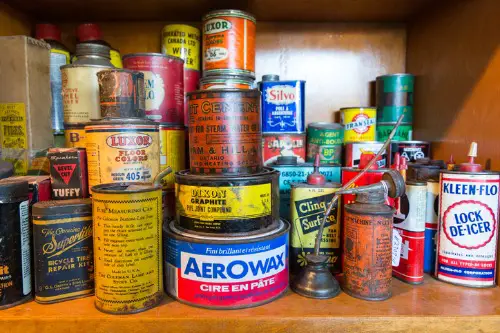
Brightly colored tobacco, spice, or candy tins are more than just containers. Early 20th-century companies used them as a way to catch customers’ eyes, and the graphics often feel like miniature works of art. Collectors prize them for both their nostalgic charm and the window they offer into vintage branding. The rarer the design or the better the condition, the higher the value.
It’s common to find them storing nails, buttons, or sewing supplies in attics and basements. What makes them appealing is the combination of durability and artistry. Some tins, especially those featuring famous logos or seasonal themes, can sell for hundreds. They’re proof that even everyday packaging can become an antique treasure.treasure than trash.
2. Depression Glass
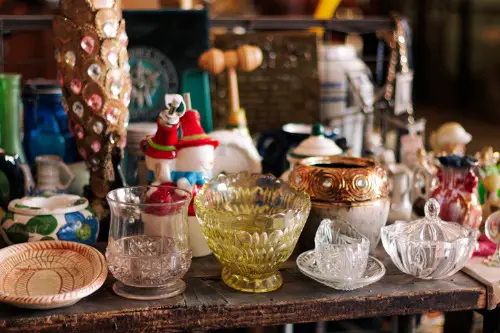
You may have seen pale green, pink, or amber glass dishes at a thrift shop without realizing they’re Depression glass. These were mass-produced during the 1920s and 1930s, often given away at movie theaters or in cereal boxes. Despite being cheaply made, they’ve become nostalgic reminders of a difficult era. Collectors seek full sets, and unusual patterns can make even a single plate worth keeping.
The key is in the details—the pressed patterns, the color, and whether the piece glows under black light, which indicates uranium glass. While not every piece is valuable, some rare patterns like Cameo or American Sweetheart are especially desirable. Because they were everyday items, many got chipped or broken, making intact ones harder to find. So that “granny dish” in your cupboard might be more collectible than you think.
3. Vintage Postcards
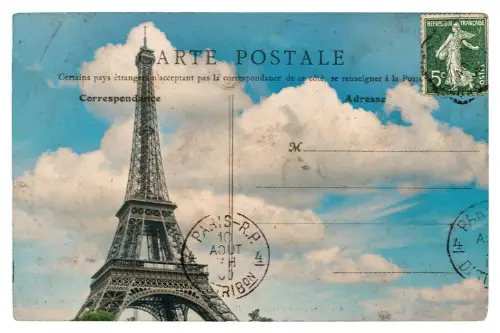
Stacks of old postcards often look like paper clutter, but they’re highly collectible. Cards featuring historic landmarks, advertising, or unusual artwork can fetch surprising prices. Collectors value them for both their age and the glimpse they provide into everyday life of another era. Even cards with writing and stamps are sought-after, sometimes more so because of the postmark.
The golden age of postcards was between 1898 and 1915, and cards from that time can be especially prized. Holiday themes, particularly Halloween, tend to be rare and valuable. For some collectors, the artistry of lithograph printing is part of the draw. Before tossing a pile of postcards, it’s worth a second look.
4. Cast Iron Skillets
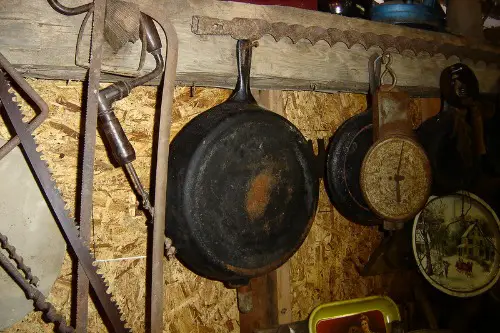
That heavy old frying pan from your grandmother’s kitchen could be an antique worth keeping. Cast iron cookware, especially from brands like Griswold or Wagner, is highly collectible. These skillets were made with higher craftsmanship than many modern versions, often with a smoother cooking surface. Their durability means they’re still functional, adding value beyond display.
Condition matters, but even rusty pans can be restored with some patience. Collectors look for clear maker’s marks on the bottom, which can indicate age and authenticity. Early pieces from the late 1800s to early 1900s are particularly desirable. If you’ve been cooking with one all along, you might already own a kitchen treasure.
5. Old Pocket Watches
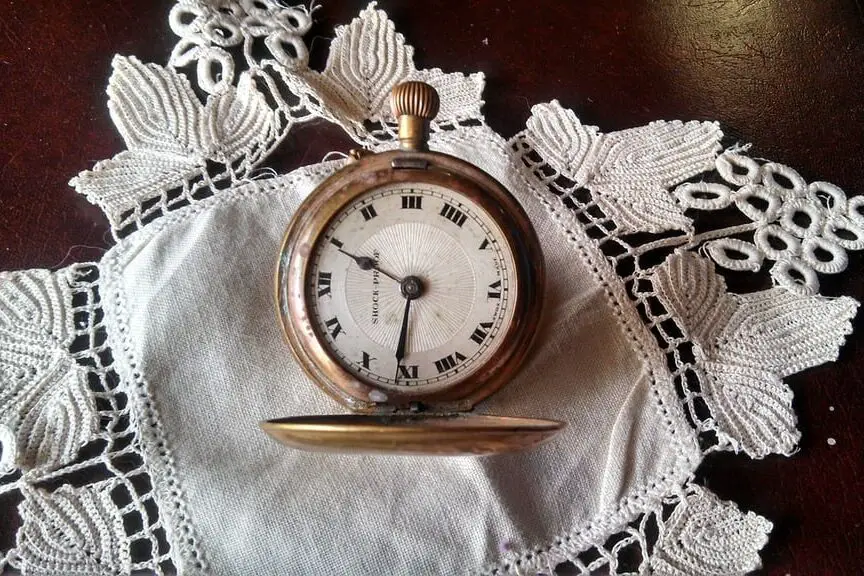
Pocket watches once symbolized style and precision, and many still survive in drawers or boxes. Collectors are drawn to them for their intricate movements and ornate designs. Watches made of precious metals or with railroad-grade certification can be especially valuable. Brands like Waltham and Elgin are common but still collectible, while rarer makers fetch much higher prices.
Condition and originality matter greatly—altered or repaired watches lose some appeal. Even nonfunctional watches can hold value for parts or display. Family heirlooms often carry personal worth as well as market interest. Before writing one off as outdated, it’s worth considering its craftsmanship and history.
6. Mason Jars with Zinc Lids

Those cloudy blue or green mason jars tucked away in old kitchens aren’t just charming—they can be collectible. The ones with zinc lids and glass inserts were popular in the late 1800s and early 1900s. Today, people hunt for them not only as display pieces but also for creative repurposing like vases or pantry storage. Their value depends on rarity, age, and condition, with some fetching much more than you’d expect.
They often turn up at garage sales or even still holding buttons or screws in workshops. What makes them special is that manufacturers stopped producing many of the unique colors and designs decades ago. Some rare ones, like jars in shades of amber or cobalt blue, can be worth over a hundred dollars. If you’ve got a dusty shelf of jars, they might be more
7. Milk Glass
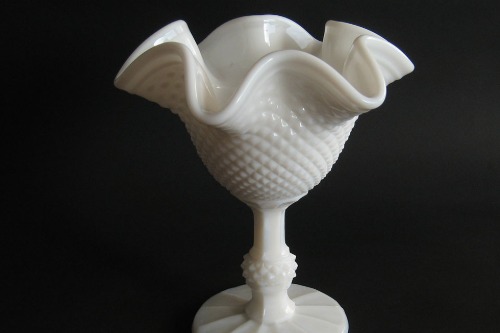
That opaque white dishware you see at flea markets isn’t just decorative—it’s milk glass. Produced heavily in the late 19th and early 20th centuries, it was often used for vases, compotes, and candy dishes. Its clean, elegant look made it popular in homes, and it still has a devoted following today. Some pieces are surprisingly valuable depending on the pattern and maker.
The most collectible milk glass often features intricate pressed designs or comes from well-known manufacturers like Westmoreland. Certain lidded dishes, especially those shaped like animals, have dedicated collector bases. Because it was mass-produced, many pieces are affordable, but the rarities stand out. If you’ve inherited a box of white glassware, it’s worth sorting through carefully.
8. Vintage Sewing Machines

That heavy sewing machine gathering dust might actually be a collectible. Brands like Singer produced machines with ornate designs and cast iron bases during the late 1800s and early 1900s. These models were built to last and often still work with a little care. Collectors and crafters alike prize them for their durability and beauty.
The most desirable models often come with decorative gold decals or treadle bases. Serial numbers can help pinpoint their manufacturing year, which adds to the intrigue. While not every old sewing machine is valuable, some rare versions can command high prices. At the very least, they make striking decorative pieces.
9. Sterling Silver Flatware
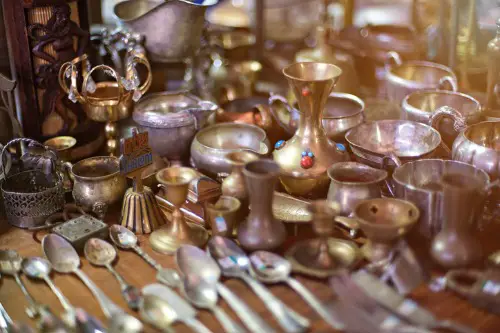
That tarnished set of spoons tucked away in a drawer might be more than just silver-plated. True sterling silver flatware carries value both as antique craftsmanship and as precious metal. Patterns from well-known makers like Gorham or Tiffany can be especially collectible. Even mismatched pieces can find buyers looking to complete a set.
The trick is to check for markings like “925” or the word “Sterling” to confirm authenticity. While silver prices fluctuate, the artistry in older flatware adds value beyond its weight. Some sets feature ornate Victorian or Art Deco designs that appeal to collectors. Next time you polish silver for a holiday dinner, it’s worth wondering what it’s really worth.
10. First Edition Books
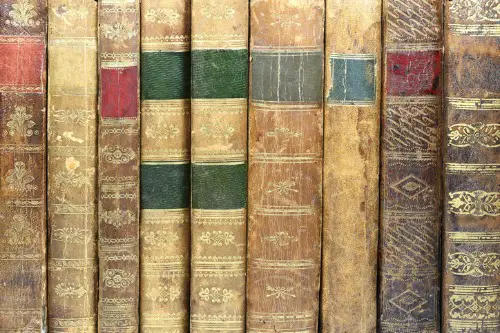
Not all old books are valuable, but certain first editions can be treasures. Collectors seek them not only for rarity but also for cultural significance. A first edition of a well-loved novel, especially with its dust jacket intact, can be worth thousands. Condition and demand both play huge roles in value.
The details matter—printing errors, specific publishers, or limited runs can dramatically change worth. Even children’s books, like early editions of Dr. Seuss, are highly collectible. Libraries and estate sales are often overlooked sources for these finds. It’s a reminder that the bookshelf may hide more than stories.
11. Vinyl Records
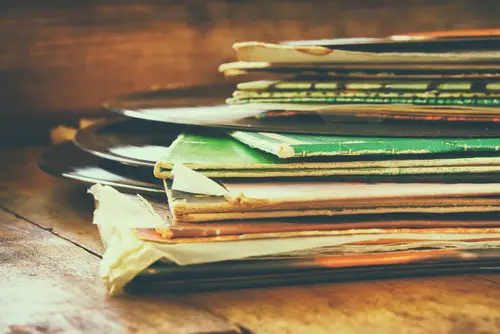
That crate of old records in the basement may not just be sentimental—it could be valuable. Records from iconic artists or rare pressings are highly collectible. The resurgence of vinyl as a listening format has only boosted interest. Condition is critical, and records in pristine sleeves can command high prices.
Some of the most sought-after albums are by artists like The Beatles, Pink Floyd, or jazz legends. Limited editions, colored vinyl, or misprints can make certain pressings rare. Even less-famous records can hold niche appeal for collectors. It’s worth flipping through old stacks before hauling them to the thrift store.
12. Oil Lamps
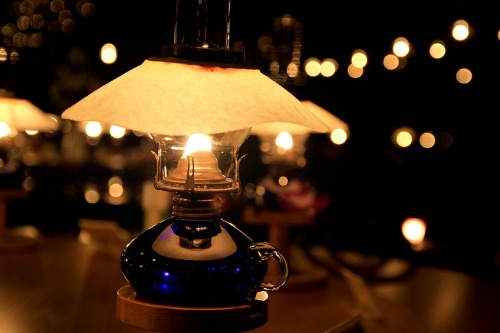
Before electricity, oil lamps were household essentials, and many survive today. Antique lamps with original parts, especially hand-painted or ornate glass shades, are sought after. Collectors value them for both their decorative beauty and their history. Some lamps can date back to the mid-1800s, making them genuine antiques.
Restoration can affect value, so original condition is best. Companies like Aladdin produced lamps with distinctive features that remain popular among enthusiasts. Even simpler models carry charm as rustic décor pieces. That lamp gathering dust on a shelf could be a surprisingly marketable item.
13. Vintage Toys
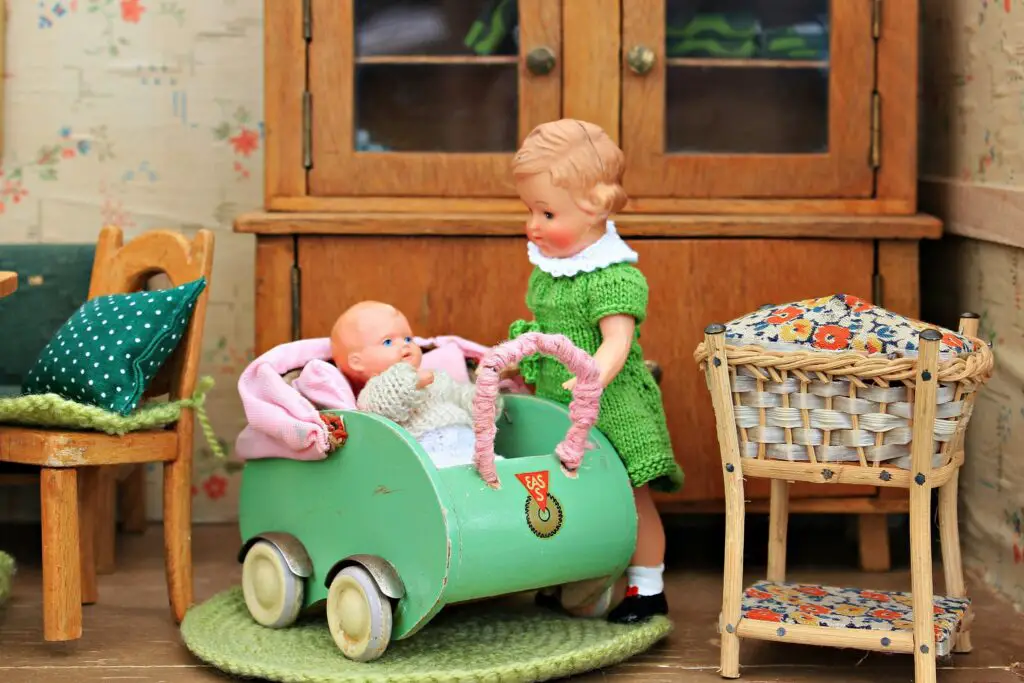
The toys you once played with—or ignored in an attic—can now be collectibles. Tin wind-up toys, early dolls, or die-cast cars are among the most popular with collectors. The key factors are age, rarity, and condition, especially if original boxes are included. Toys from companies like Märklin or early Mattel have strong markets.
Because many toys were played with until they broke, intact ones are scarcer than you’d think. Nostalgia drives much of their value, as adults seek the toys they once owned. Even mass-produced items like early Barbie dolls or Hot Wheels can be worth hundreds. That battered toy chest may be hiding more than just childhood memories.
14. Rotary Telephones

That heavy rotary phone tucked in a closet or basement might be more than nostalgic clutter. Once a household staple, these phones now serve as decorative symbols of mid-century design. Collectors prize early Bakelite or colored models, especially those from the 1930s through the 1960s. Their satisfying clicks and curves capture a tactile connection to the past that smartphones can’t replicate.
The value often depends on rarity, color, and condition—pastel and novelty versions tend to be the most sought-after. Even nonworking phones can find buyers for restoration or stage use. Some enthusiasts rewire them to work with modern systems, blending nostalgia with function. Before tossing one, remember that even yesterday’s technology can be today’s treasure.
15. Skeleton Keys
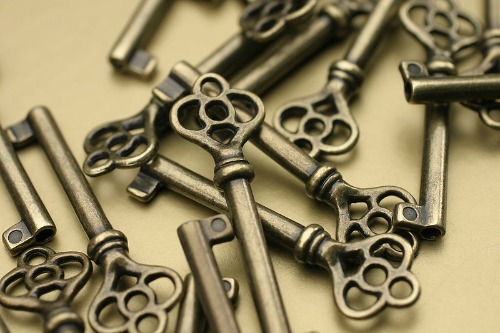
Those old keys jangling in a drawer might unlock more than a door—they could open a piece of history. Skeleton keys were common before the 1940s, used for everything from wardrobes to hotel rooms. Made of iron, brass, or steel, they often feature intricate shapes and designs that appeal to collectors. Their mystery lies in what they once secured and the craftsmanship behind their curves.
Collectors often group keys by design or era, and ornate Victorian versions are especially popular. Some use them for jewelry, crafts, or as decorative displays. The charm of skeleton keys lies in their symbolism—guardians of secrets from another age. If you’ve ever wondered what that old key fits, its value might lie in the imagination it sparks.
16. Carnival Glass
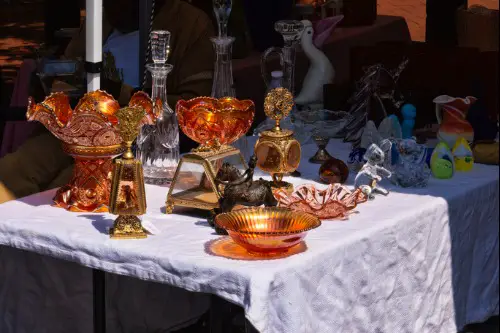
That iridescent dish shimmering in sunlight may be more valuable than it looks. Carnival glass, made between 1908 and the 1930s, was given away at fairs and theaters, hence its name. Its metallic luster came from a special treatment that created rainbow hues across the surface. Though once considered cheap glassware, it’s now a vibrant collectible.
Collectors hunt for specific makers like Fenton, Northwood, and Imperial, whose patterns and colors vary widely. Rare shades like electric blue or deep amethyst are the most prized. Many families still have a bowl or vase tucked away without realizing its worth. With its luminous glow, carnival glass truly hides its treasure in plain sight.
17. Wooden Crates and Soda Boxes
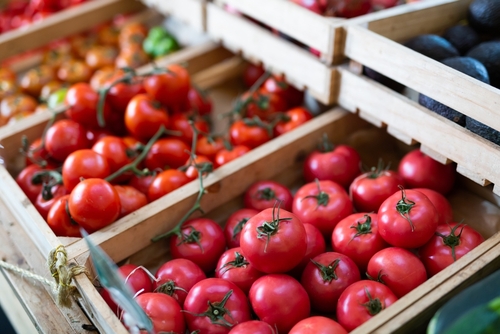
Those old wooden crates stacked in garages or barns might not seem special, but collectors see vintage advertising gold. Soft drink and dairy companies in the early 1900s branded their crates with bold lettering and logos. Over time, these boxes gained patina and personality that modern reproductions can’t match. They capture a rustic aesthetic that fits perfectly with farmhouse décor.
Collectors value crates from now-defunct brands or regional bottlers, as these tend to be rarer. Even weathered ones can fetch attention for use as storage, shelving, or wall displays. Some buyers pay premiums for those with legible graphics or original metal corners. Before using one for kindling, check if it’s holding a century of charm.
18. Pocket Knives
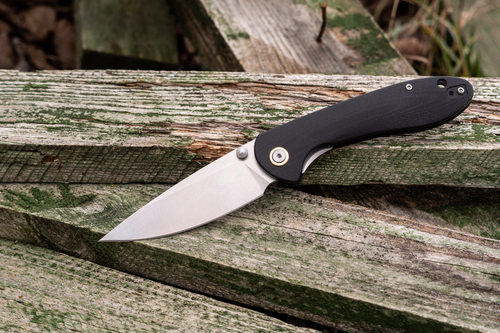
A small folding knife from a junk drawer could turn out to be a collectible tool. Early pocket knives were prized for their craftsmanship, with bone, stag, or mother-of-pearl handles. Makers like Case, Boker, and Remington produced models that are now highly sought after. They represent both utility and artistry, blending practical design with intricate detail.
Condition and originality are key—sharpened blades or replaced parts lower value. Knives with company logos or commemorative engravings can attract niche collectors. Some enthusiasts even specialize in scouting specific handle materials or blade shapes. That forgotten knife could be a reminder of a time when even tools were made to last.
19. Early Cameras
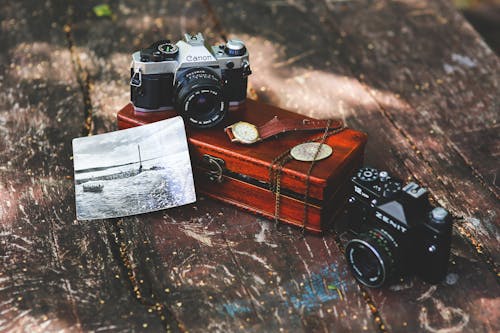
That bulky old camera found in a closet may be more than a dusty gadget—it’s a piece of photographic history. From box cameras to bellows models, these devices document the evolution of how people captured their lives. Brands like Kodak, Leica, and Rolleiflex made models now prized by collectors and photography enthusiasts alike. Their brass fittings and leather cases reflect a level of design seldom seen today.
Film photography’s revival has breathed new life into vintage cameras. Some still function perfectly with the right film, while others serve as beautiful decorative pieces. Collectors look for working shutters, original lenses, and intact labels. Before dismissing one as obsolete, know that vintage cameras often hold more than memories—they hold value.
20. Match Safes

That small metal case at the bottom of an old drawer could be a forgotten accessory from another era. Before lighters became common, people carried match safes—tiny boxes designed to keep matches dry and ready. They came in silver, brass, or celluloid and often featured ornate engraving or advertising designs. These pocket-sized antiques blend function with flair.
Collectors seek them for both their craftsmanship and their historical connection to everyday life. Early safes from the late 1800s can be surprisingly valuable, especially if they bear logos or artistic motifs. Some depict patriotic or novelty scenes that add to their charm. It’s a reminder that even the smallest antiques once played a big role in daily routines.
This post 13 Antique Treasures Hiding in Plain Sight was first published on Greenhouse Black.
